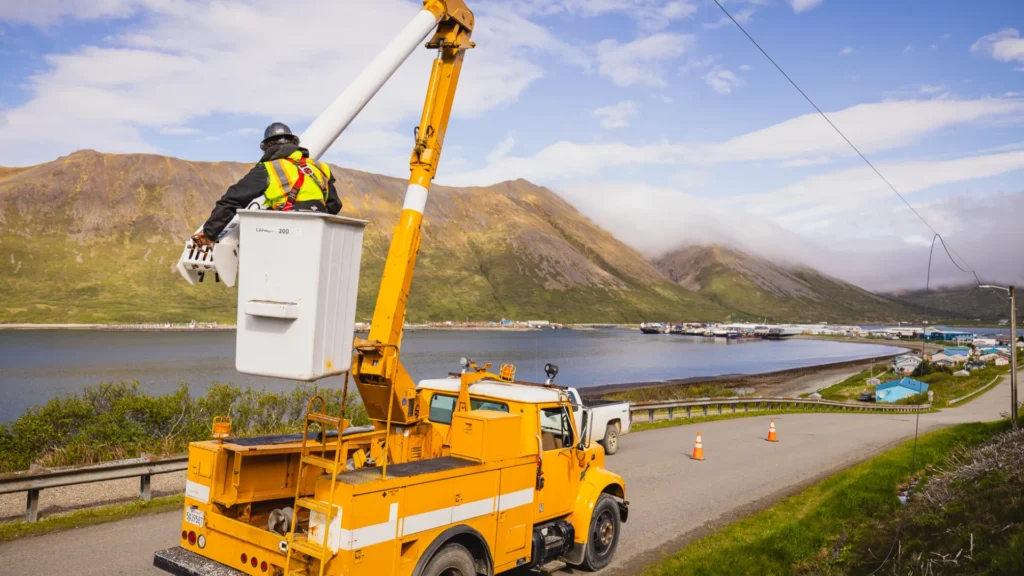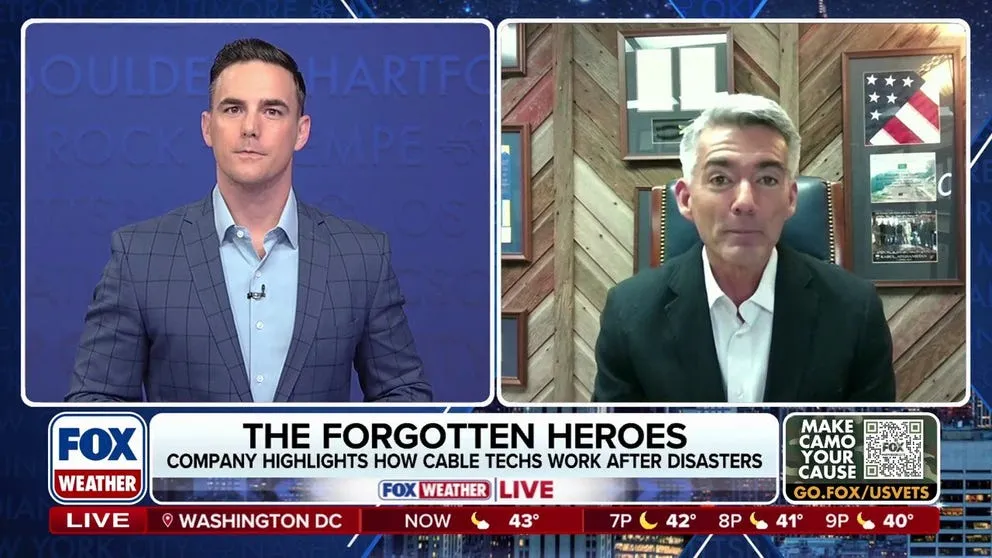For over 40 years, C-SPAN has brought government into American living rooms. From broadcasting committee hearings to interviewing elected officials, C-SPAN offers a wide range of resources for voters to become more engaged with government, free of bias or commentary. No government or taxpayer dollars support C-SPAN, as it is fully funded by cable and satellite providers.
Currently, C-SPAN’s live feeds of the House and Senate floors have strict rules limiting how the network, or any media, is allowed to broadcast from the chambers. Except for certain specific activities, footage of the House and Senate chambers is from a government controlled and operated camera that can only show a member of Congress at one of the podiums while they speak. That means no footage of members chatting in the chamber or reacting to a speech.
NCTA recently interviewed C-SPAN’s Kristina Buddenhagen (Field Technician) and Ben O’Connell (Director of Editorial Operations) to learn more about the network’s push for more media access.
Historical Context: Government Approval, But There’s a Catch
When the network started in 1979, then-Speaker of the House Tip O’Neill allowed C-SPAN to broadcast the feed from a government owned and operated camera that was in a fixed position zoomed in on the dais. The restricted view was intentional; O’Neill didn’t want members of Congress to get caught on camera ‘scratching their noses.’
- Those restrictions are still in effect today, which is why for decades C-SPAN has sent a letter to every new Speaker requesting approval to operate their own cameras from the chamber.
- Only during very specific events, for example a special joint session of Congress or the election for Speaker of the House, do the rules allow for independent cameras to be operated on the floor.
Why It Matters: Viewership Surges for January Speaker Election
Fast forward to January 2023, when the historic election of Speaker Kevin McCarthy became a multi-day saga. C-SPAN was there to capture the drama as it unfolded.
- Buddenhagen and her team were behind the scenes lining up every shot and keeping an eagle eye out for the next congressperson to cast their vote.
- While C-SPAN covers each Speaker election with their own cameras, until this year the vote was a matter of housekeeping, not one that saw much deliberation on the floor.
- For this election, C-SPAN had a dedicated spotter to help the camera operators, a practice they haven’t often used for past Speaker votes.
- During those four days of voting, C-SPAN saw a record number of downloads for its mobile app as the network trended on social media all week.
As a result of the network’s efforts, explained Buddenhagen, C-SPAN’s cameras were in the right place at the right time, catching pivotal conversations between lawmakers that normally aren’t part of the government owned and operated feed—giving Americans comprehensive, unrestricted, and unlimited coverage of the live event.
“There were times when it was really exciting and other times when it was really exhausting … As a crew we didn’t really know what we were in for, it just kind of unfolded every day. When it didn’t happen…I mean when was the last time it didn’t happen? 100 years ago?” Buddenhagen further remarked. “This is the most exciting television I’ve ever been a part of.”
C-SPAN’s Renewed Push for More Access
After the final vote, the old rules went back in effect—only the government owned and operated cameras are able to broadcast from the floor of the House. But Ben O’Connell, C-SPAN’s Director of Editorial Operations, expressed that there is a renewed appreciation for the public service work that C-SPAN undertakes. In fact, the network is no longer the only voice calling for more access to the floor.
“There is real appetite among Americans to watch their lawmakers at work,” O’Connell noted. “And the work isn’t only standing up and giving a speech, it’s also all of the negotiations that are happening in the aisle and the back of the chamber, and denying the voter the ability to see that makes them less engaged in the process.”
Time will tell if C-SPAN’s push for more media access will be fruitful, but their commitment to providing unbiased coverage of congress and the government remains steadfast. To learn more about how C-SPAN approaches coverage as a public service, be sure to read some of the past articles on the NCTA website.








